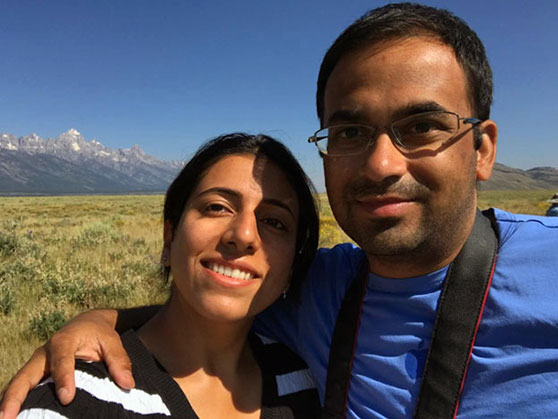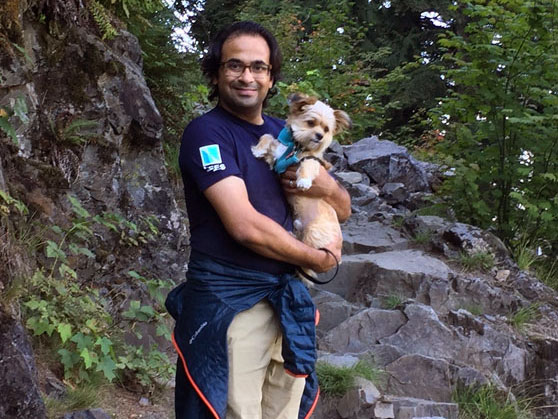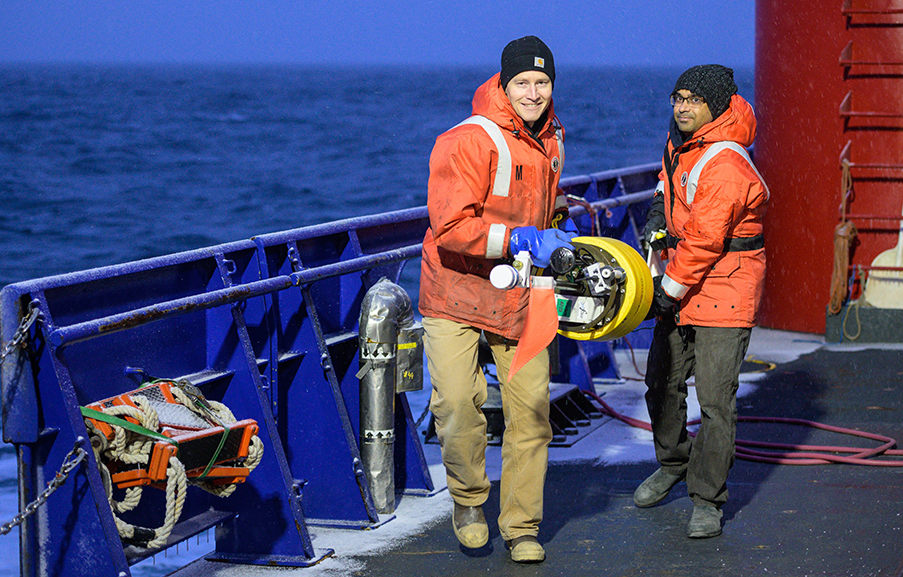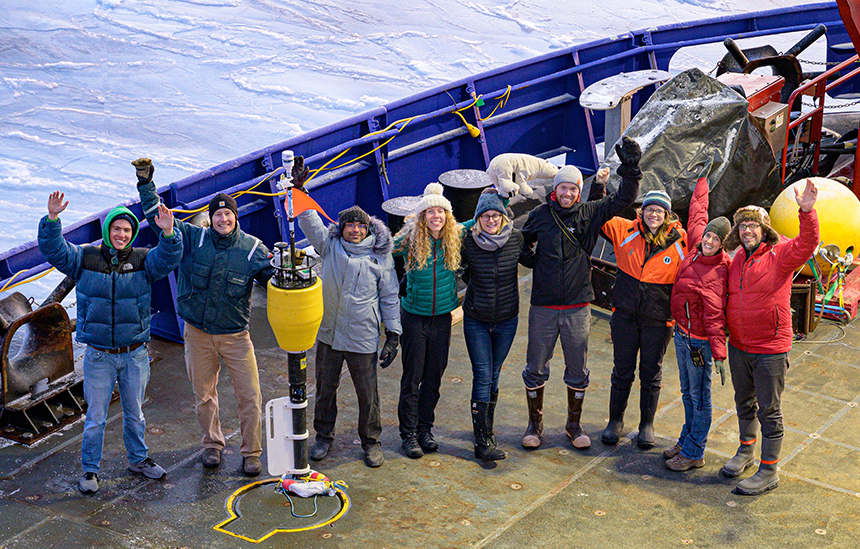October 29, 2020
Mentor, friend and colleague – assistant professor Nirnimesh (“Nirni”) Kumar excelled at all of these roles in addition to his full-time position as a teacher and researcher. The CEE community mourns the loss of Kumar, a valued colleague who passed away in August 2020.
Described as a “rising star in the field” by his colleagues, Kumar made substantial contributions to the field of physical oceanography in a short amount of time. His legacy includes developing models that are already being used by coastal scientists to better understand the region of the ocean near the shoreline. During the past decade, developing a better understanding of the processes that generate transport through this region has emerged as a key challenge in coastal oceanography.
“I can honestly say that I haven’t met anyone who’d been so productive and made such a large impact on the field at such an early stage in their career,” says CEE professor Alex Horner-Devine.
Education background
Born in Ranchi, India, Nirnimesh Kumar received his B.Tech. in Ocean Engineering and Naval Architecture from the Indian Institute of Technology (IIT), Kharagpur, India in 2007. He then earned a M.S. in Geological Sciences and Ph.D. in Marine Science in 2013 from the University of South Carolina, Columbia. Following this, Kumar joined the Scripps Institution of Oceanography, San Diego as a Postdoctoral Scholar. Passionate about teaching and research, Kumar joined UW as a faculty member in fall 2016.
A few notes from his family
Kumar was a kind-hearted, caring, and generous person with an infectious smile, who could make life-long friends easily. He enjoyed exploring national parks with his wife and spending time with his friends. He loved telling stories of his adventures and of his dog to anyone that would listen over a good meal. Kumar is survived by his wife in the U.S., his parents and elder sister in India.
To his colleagues and students Kumar would say, “If I could give you a suggestion it would be, do good science, the science you believe, the science which brings you joy.”


A legacy of research
A coastal physical oceanographer, Kumar joined the CEE faculty in fall 2016. A member of the department’s hydrology and hydrodynamics research group, he worked closely with fluid mechanics researchers across campus.
“Nirni was at the very center of our research group. He filled it with energy and enthusiasm,” says CEE professor Jim Thomson. “He was always ready to dive into discussions, which usually evolved into equal parts technical debate and comedic exchange.”
In his research, Kumar developed public-domain models that advanced the understanding of how water circulates in the region near the shoreline, and the nature of sediment transport. His contributions to the Coupled Ocean-Atmosphere-Wave-Sediment Transport modeling system transformed the way that wave-current interactions are modeled by coastal scientists and engineers.

During a month-long research excursion along the coast of Alaska, CEE faculty Jim Thomson and Nirni Kumar (right) carry a SWIFT buoy across the deck of the research vessel Sikuliaq. Photo credit: John Guillote
“The technical advances Nirni made in numerical modeling of coastal hydrodynamics, along with his scientific results and ideas, have set the course for years of exciting new research,” says UW Applied Physics Lab research scientist Melissa Moulton.
In addition to numerical modeling, Kumar also enjoyed hands-on work in the field and lab. In November 2019, Kumar spent a month aboard a research vessel traveling along the northern coast of Alaska to investigate how the interactions of waves, sea ice and the ocean contribute to the quickly eroding Arctic coastline.
“The sense of camaraderie in working with Nirni was palpable. Our collaborations were set up for him to run computer models and me to collect field data, but these separate roles were silly — he was right there in the field helping with everything,” says Thomson, who worked with Kumar aboard the vessel. “I hardly remember him sleeping. He simply did not want to miss anything that was going on.”
A mentor to many
Kumar was especially generous with his time, encouragement and support. Faculty say that his mentorship was not limited to students — they all learned from him.
“While he had high expectations, Nirni communicated with a generosity, sincerity and humor that inspired rather than intimidated,” says Horner-Devine.
Students had a special connection with Kumar, who made them feel heard and valued, say colleagues. Many graduate students in the Environmental Fluid Mechanics research group were co-advised by Kumar, worked with him as a teaching assistant, or collaborated with him on papers.
“He followed up with emails of encouragement and praise when a student was working through something difficult, and always offered to take on a piece of analysis, find a reference or do anything he could to help,” says Moulton. “He made students feel that they could truly count on him.”
Nirni is greatly missed by CEE faculty, staff and students.

Assistant professor Nirni Kumar (third from left) with the CODA research team on the deck of the Sikuliaq during a month-long research trip along the coast of Alaska in 2019. Photo credit: John Guillote